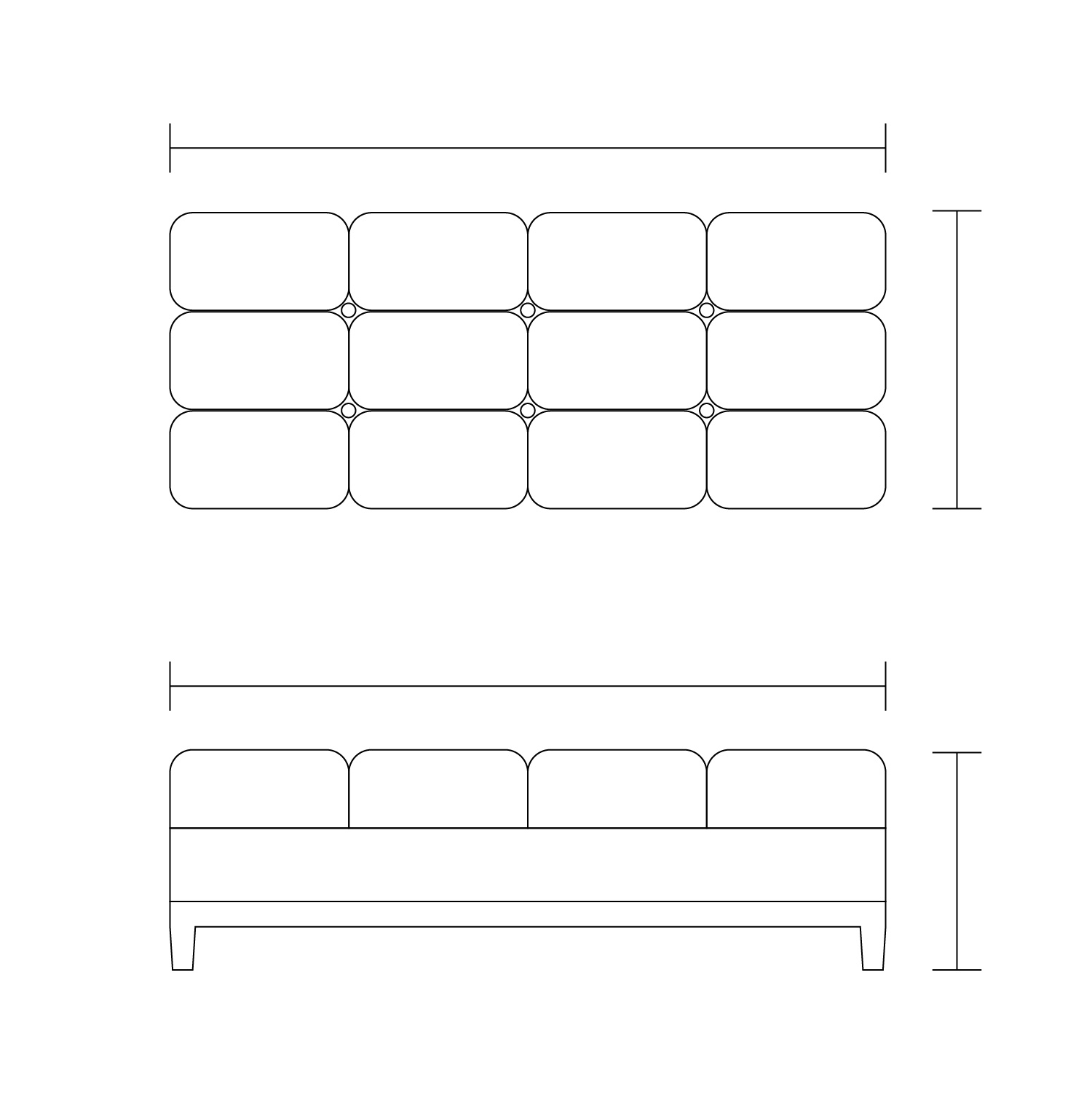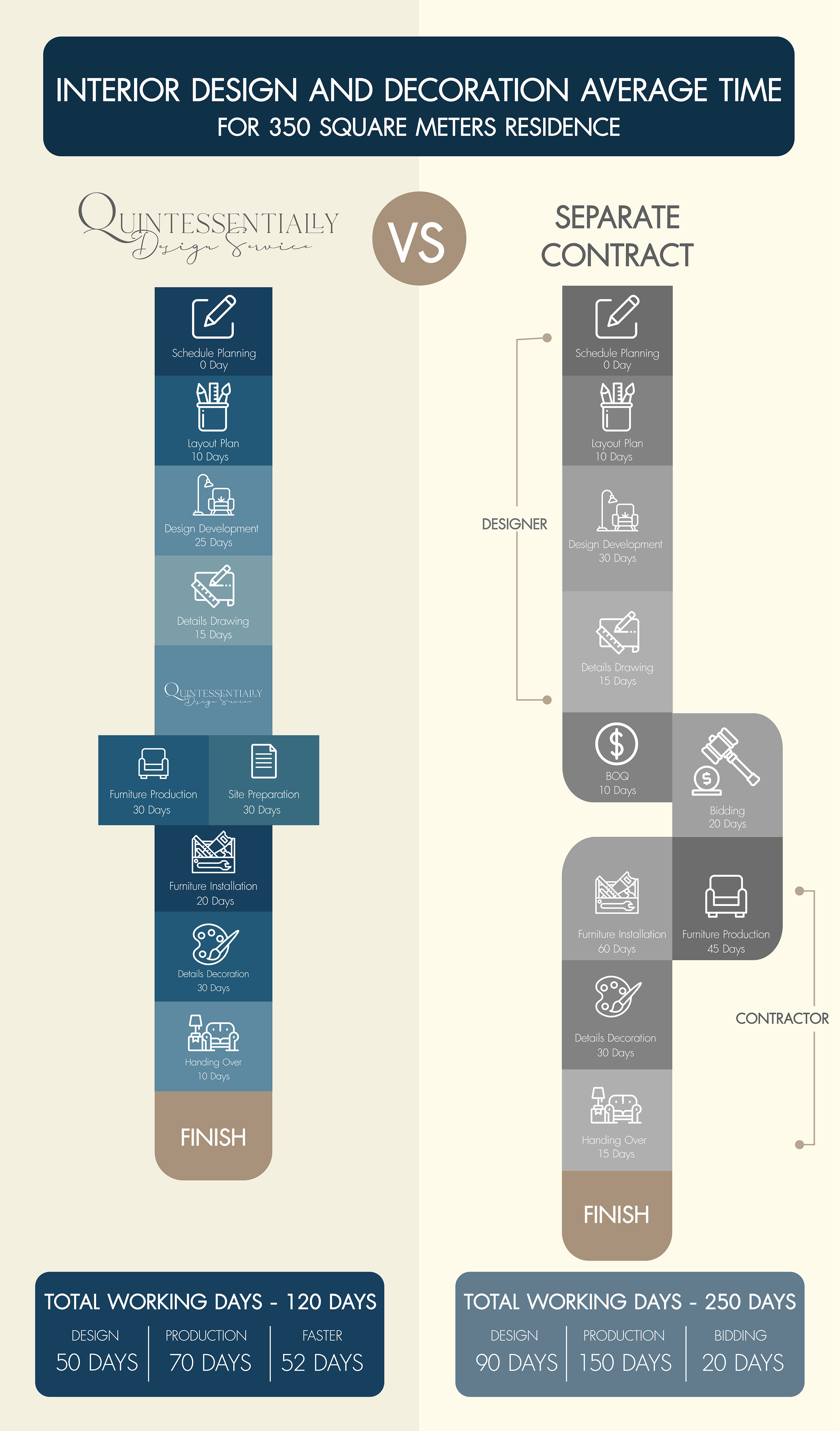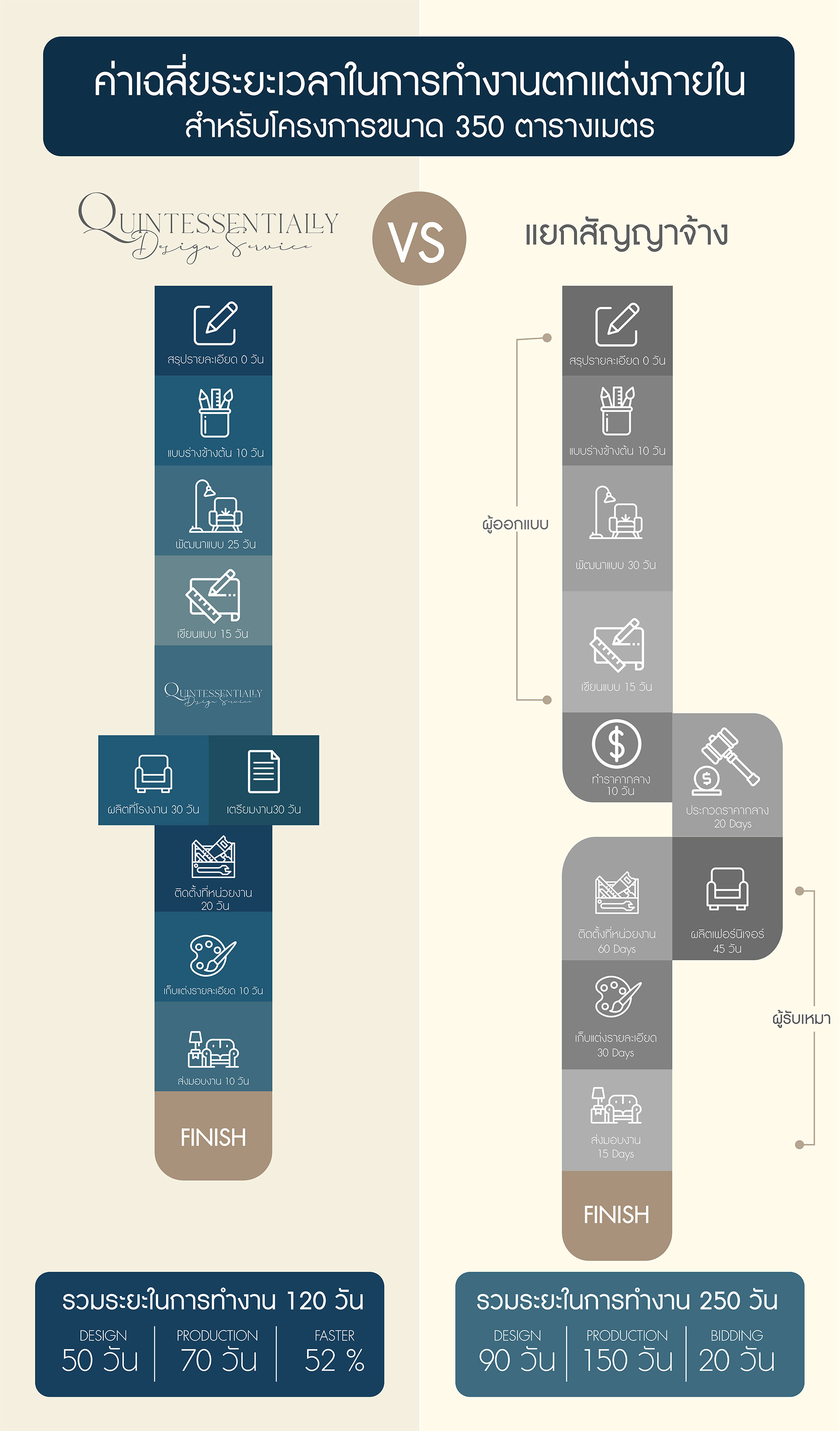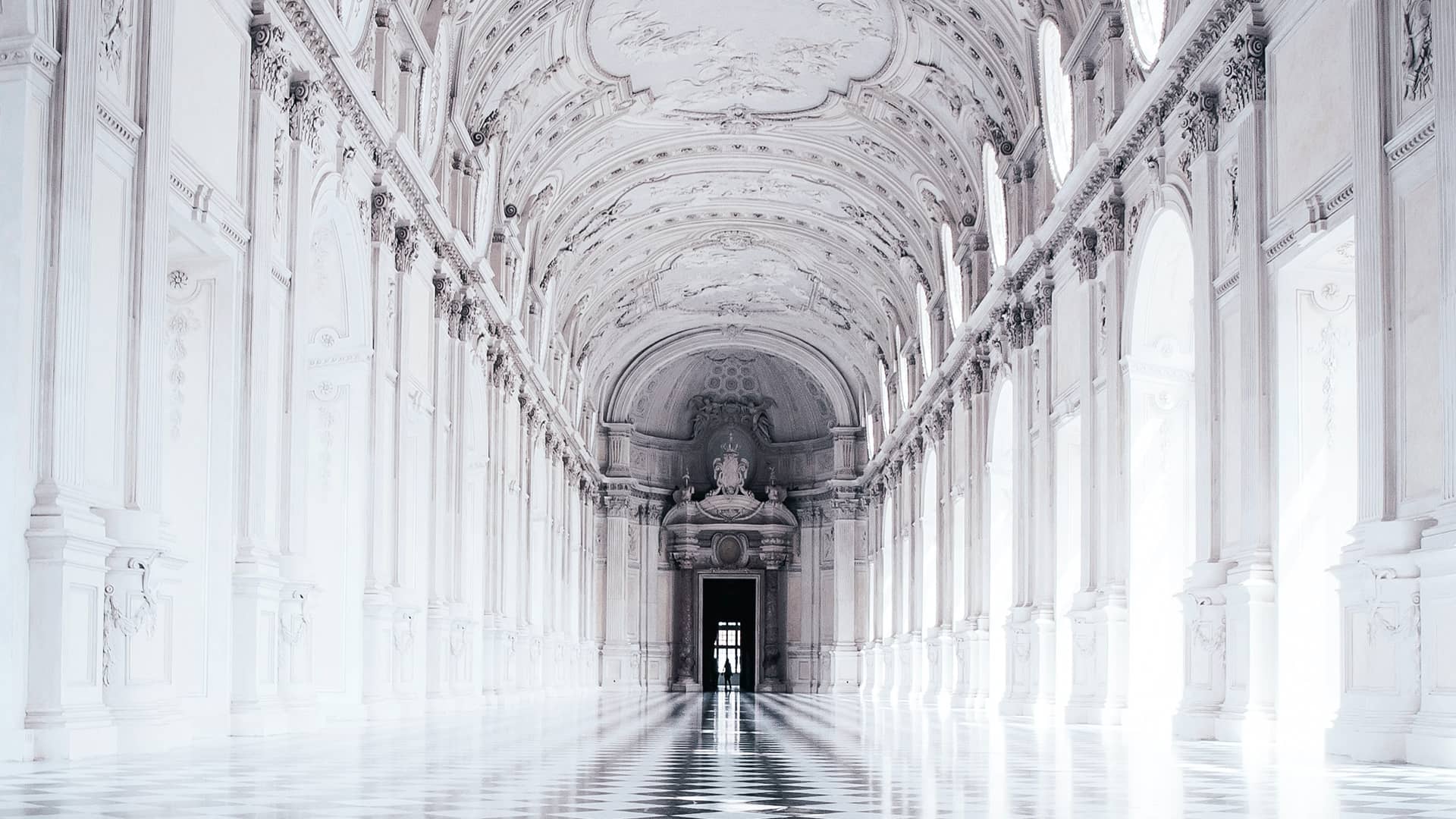
Baroque : Style & Decor
| EN | TH |
Baroque Style
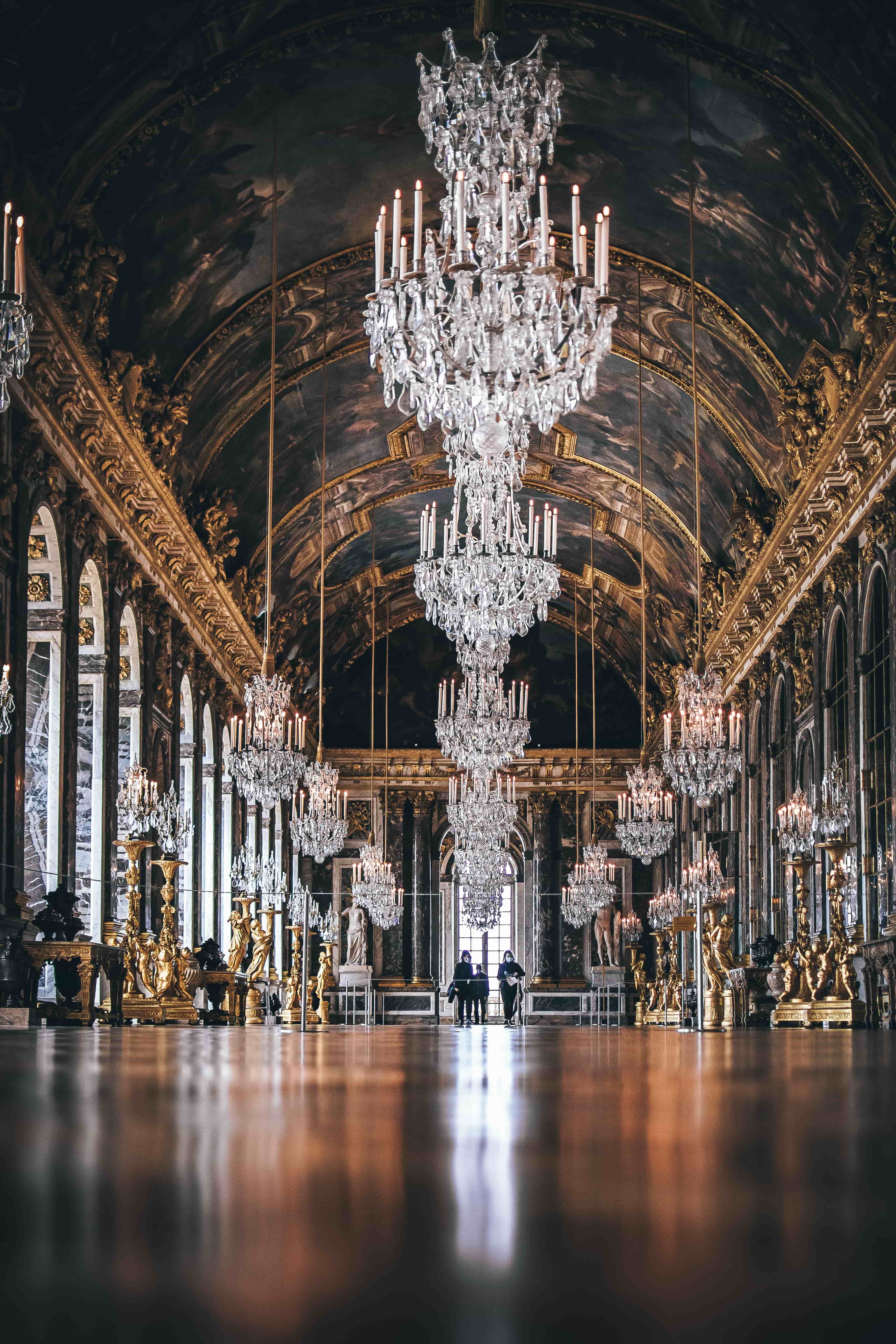
Photo by : Alexandre Brondino on Unsplash
Baroque is a highly elaborate and ornate style from 17th century Europe. Although it originated in Italy, it began to expand towards France and then the influence of Baroque quickly spread across the continent of Europe. It was the first visual style that had a significant impact around the world. As it spread all over, it changed in certain ways too while adapting to local tastes, context and needs. As the influence of Catholicism increased, art was used as a medium to represent the prosperity of religion in a way that everyone including the uneducated could understand and so they would believe in religion.
Baroque style brings all the visual arts together in a wholesome way while conveying a certain message. You will see how sculpture, painting and architecture blend in this style. It appeals to the intellect and emotions at the same time.
In older times, the Baroque style reflected the patriarchal and hierarchical society and it was used and developed by those in power. The aristocracy, church and rulers all used it to impress and establish themselves as rich and important. Therefore, the main concept of this style focuses on magnificence and luxury beyond the usual. Baroque is known for more drama and movement unlike the careful balance and control of the Renaissance.
The French King Louis XIV’s love for opulence is one of the main forces that helped Baroque gain momentum. This is evident in the interiors of The Palace of Versailles in particular.
What is Baroque?
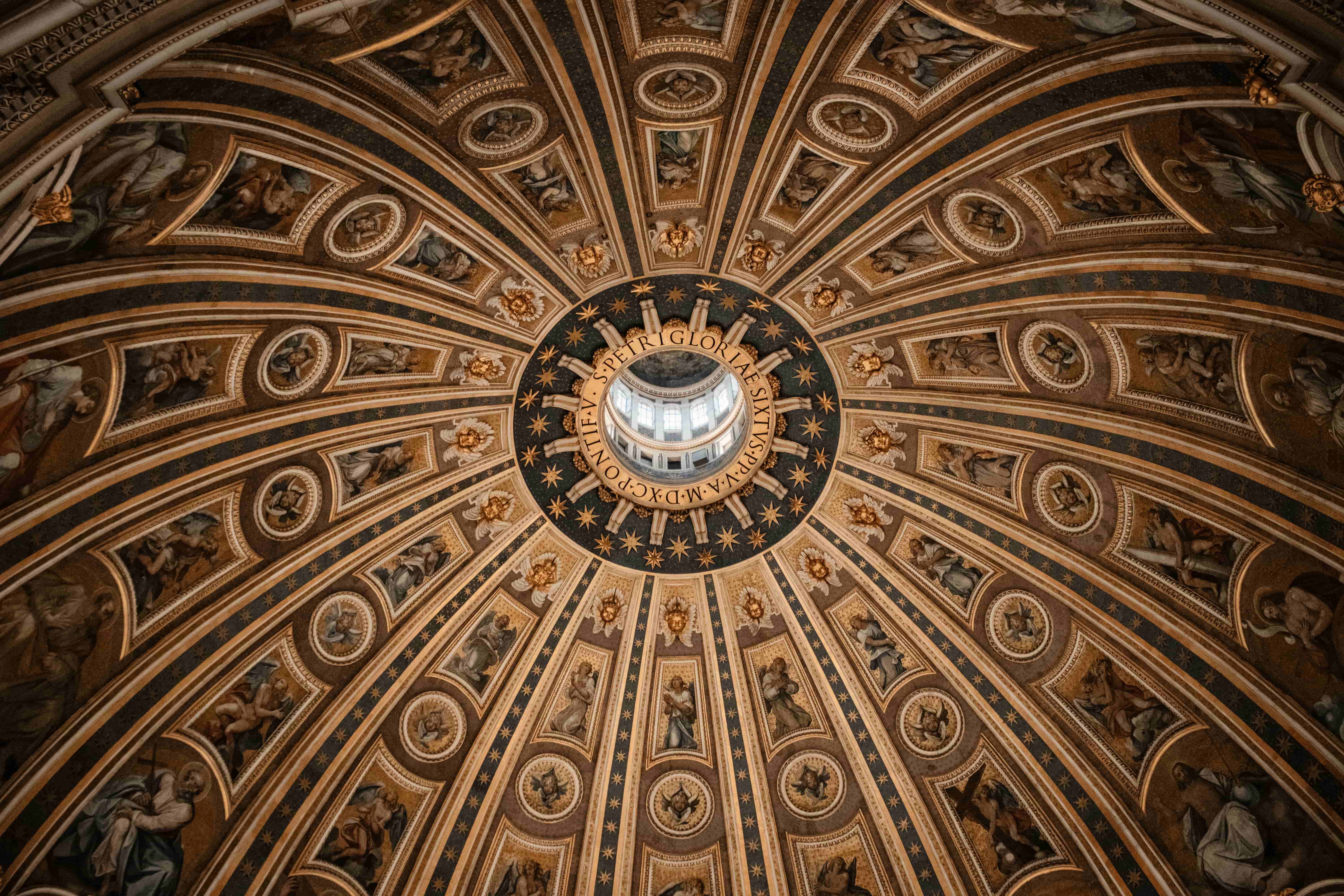
Photo by : Briana Tozour on Unsplash
The term denotes a style of European art, architecture and music from the 17th and 18th centuries following Mannerism and characterized by lavish ornate detail. The word Baroque originated from a French word that means “irregularly shaped”. Initially, the word was used while referring to pearls. Later, it was used for referring to the extravagant style involving gilt, curving lines and gold.
In the Baroque style of architecture, bold spaces, large masses and domes were emphasized. This can be noticeably seen in the Queluz National Palace in Portugal. In the case of music, a large part of classical canon is taken up by the Baroque style. Antonio Vivaldi, George Handel and other important composers created such music.
The baroque style was later termed Rococo which is a style that involves works that are more elaborate and decorative. The first Baroque architecture was initiated by Michelangelo, with the St. Peter’s Basilica which marked the beginning of the Baroque style.
Here are some examples of the Baroque style:
Girl with a Pearl Earring
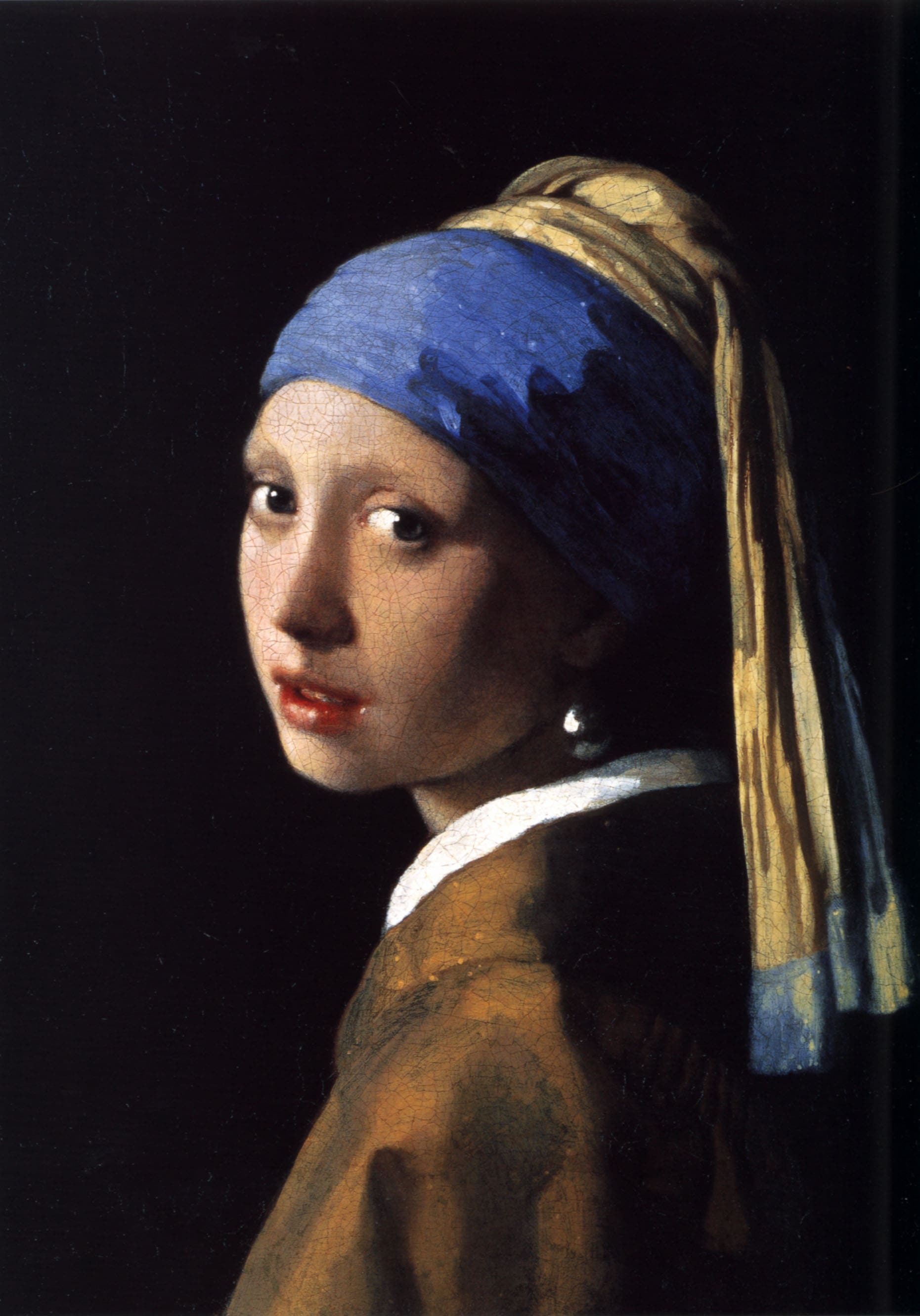
Credit : Wikimedia.org
Girl with a Pearl Earring is an oil painting on canvas that was created by Dutch artist Johannes Vermeer around 1665. This painting remains one of his most well-known works and is displayed at the Mauritshuis museum in The Hague. The painting is of a young woman wearing an exotic dress, gold and blue turban and a large pearl earring. This portrait is considered one of the most prominent Baroque portraiture pieces of all time.
La Ronda di Notte
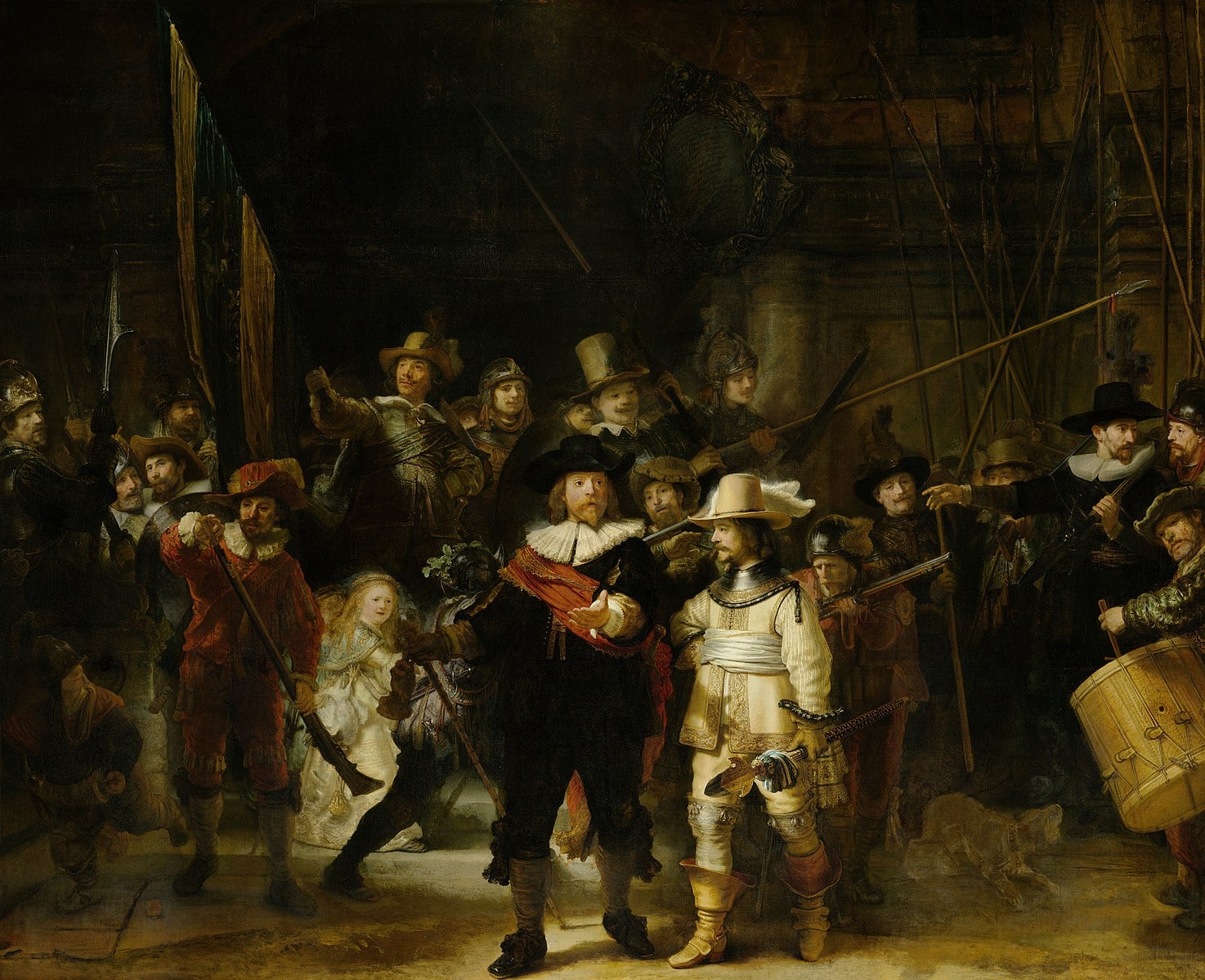
Credit : Wikimedia.org
La Ronda di Notte or The Night Watch (1642) is one of the most famous artworks by Rembrandt Harmensz van Rijn. This oil painting on canvas is also known as Militia Company of District II under the Command of Captain Frans Banning Cocq.
It is a Baroque painting and also part of the Dutch Golden Age painting. Displayed in the Rijksmuseum in Amsterdam, people from all over the world visit just to get a look at this Baroque art piece. The dramatic use of shadow and light, perception of motion as well as colossal size make it a magnificent Baroque painting.
Trevi Fountain
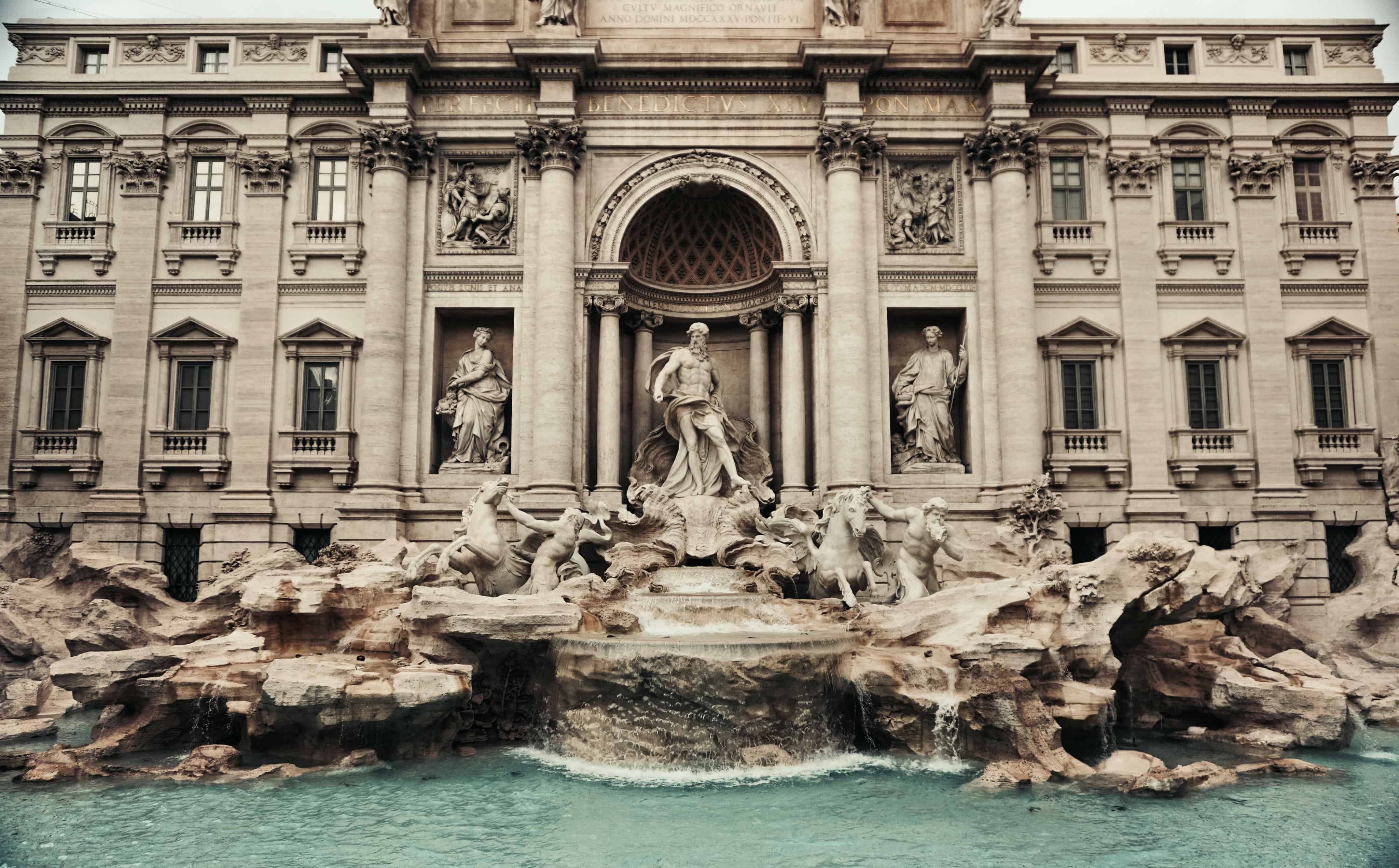
Photo by : Raymond Schiopu
The Trevi Fountain or Fontana di Trevi is the largest Baroque fountain in Rome, Italy. This structure was designed by architect Nicola Salvi but completed by others including Giuseppe Pannini. It is one of the most famous fountains in the world and is about 26.3 metres high and 49.15 metres wide.
The fountain depicts the God of Water, Oceanus and is intricately carved from Travertine stone brought from Trivoli. Oceanus is flanked by Salubrity and Abundance. There are tritons and hippocampus below the Gods and these add symmetry to the structure. The Papal Coat of Arms at the top of the fountain is suspended by angels and adds to its beauty. Severable notable films like Roman Holiday (1953) have included beautiful scenes at this location.
In the Baroque era, competitions to design fountains and buildings were quite popular. Pope Clement XII organized one such contest in 1730 which was initially won by Alessandro Galilei.
However, the public in Rome was outraged at a Florentine having won and the commission was awarded to Nicola Salvi. Work began in 1732 but in 1751 Salvi died and the project was completed by Giuseppe Pannini.
A popular practice amongst all tourists is to throw a coin over their left shoulder into the fountain. Nearly 3000 euros are thrown into the Trevi Fountain every day.
Sant’Andrea al Quirinale
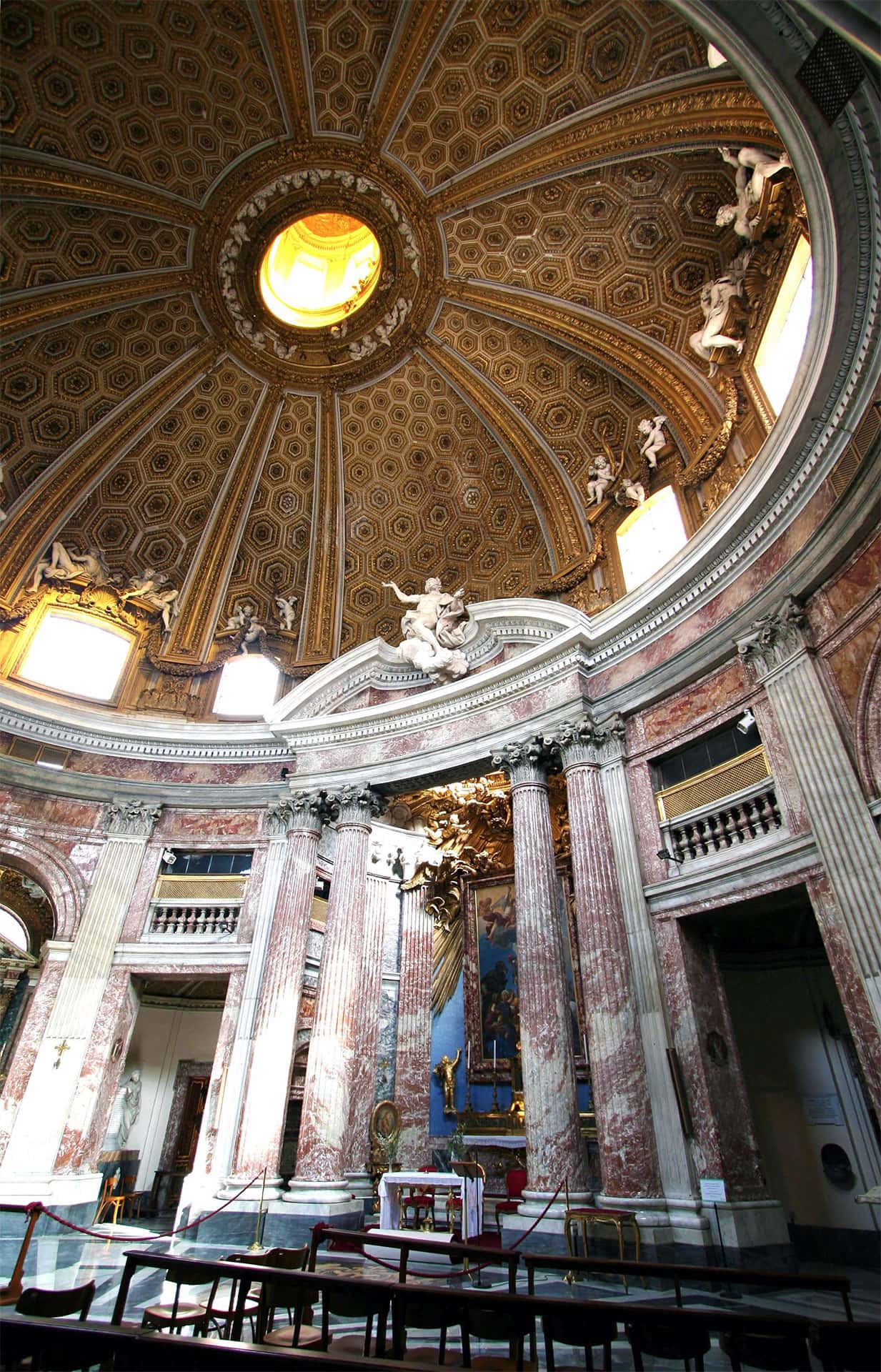
Credit : santandrea.gesuiti.it
The main congregational space is oval in form and defined by the pilasters, walls and entablature. There is a golden dome above and the high altar niche has a hidden light source. The Baroque game of light is a small lantern that is surrounded by sculptures of angels. It creates a theatrical and celestial link between the heavens and the high altar. The facade is in an aedicula shape and has a semicircular porch with ionic columns. The main sanctuary is defined by larger columns and a deep niche. Sculpture, painting and architecture were combined into a synthesis in this church to create the apotheosis of St. Andrew. This Baroque masterpiece was the third Jesuit church built in Rome and was commissioned by the former Cardinal Camillo Francesco Maria Pamphilj.
The Church of Saint Andrew’s at the Quirinal is a Baroque-style structure in Rome, Italy. This Catholic titular church was built for the Jesuit seminary there. It is considered a very important example of Baroque architecture and was designed by Gian Lorenzo Bernini with Giovanni de Rossi. Bernini himself considered this church one of the best works of his life and spent hours sitting there. The main entrance of the church faces the high altar.
Schönbrunn Palace
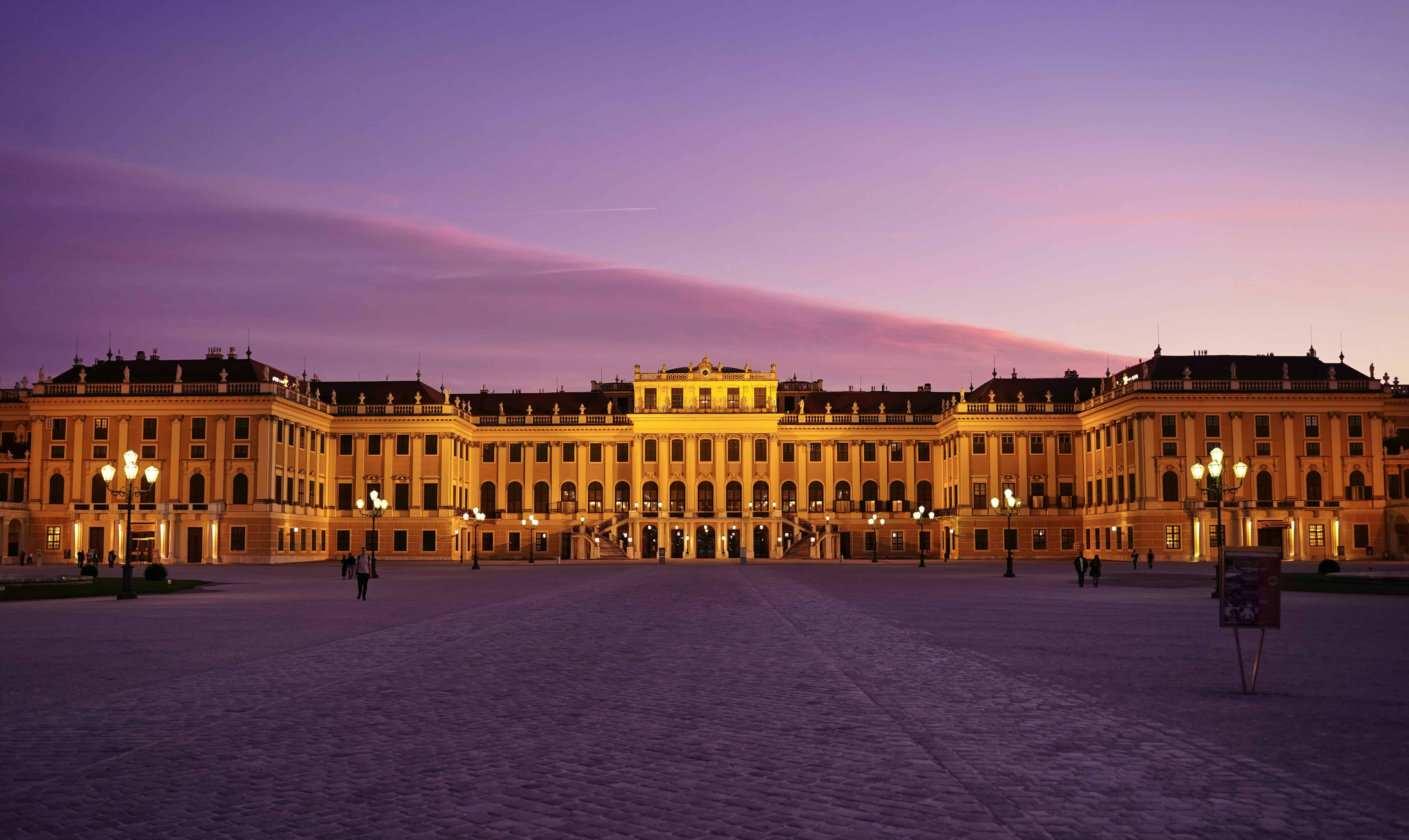
Photo by : Arthur V.
There are 32 sculptures in The Great Parterre of Schonbrunn and they represent virtues and deities. This impressive Baroque palace is the most visited tourist spot in Austria and marked as a World Cultural Heritage site.
This remarkable Baroque ensemble is very well preserved and a perfect example of Gesamtkunstwerk since the gardens are a beautiful organic extension of the palace. It is a symbol of the influence and power of the House of Habsburg from the latter half of the 17th century to the earlier part of the 20th century. The Baroque gardens and the buildings like the Gloriette all testify to the imperial functions and dimensions of the palace.
Schönbrunn Palace in Hietzing, Vienna was the summer residence of the Habsburg rulers. It is a Rococo palace with 1441 rooms and is considered a very important cultural and architectural monument of the country. The official name of the structure is the Palace and Gardens of Schönbrunn. The name means beautiful spring and is rooted in the artesian well from which the court consumed water from. It was designed by Johann Bernhard Fischer von Erlach and Nicolaus Pacassi and is the site of the first zoo in the world.
Interior Decoration in Baroque Style
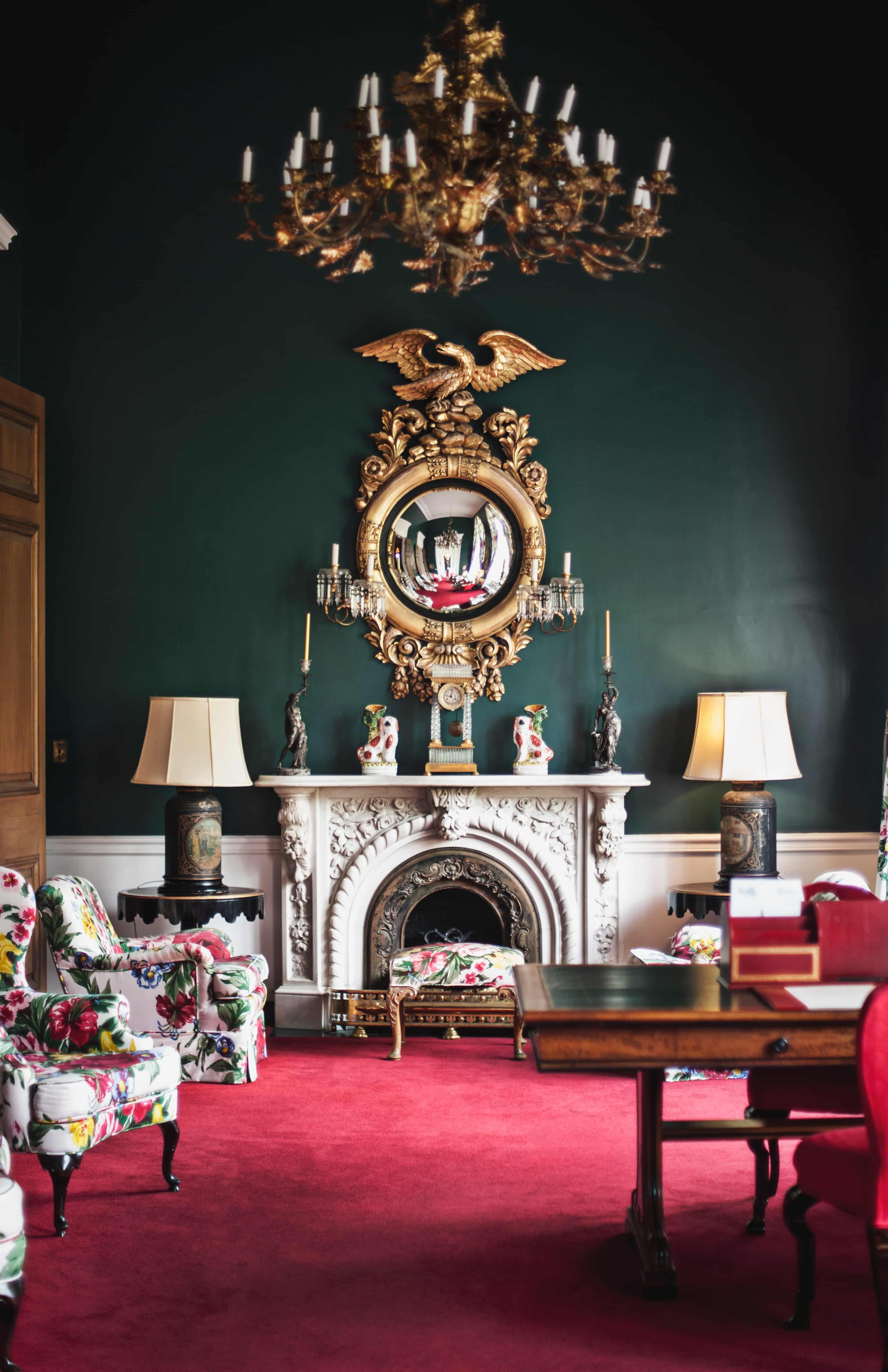
Photo by : Katherine Hanlon
































